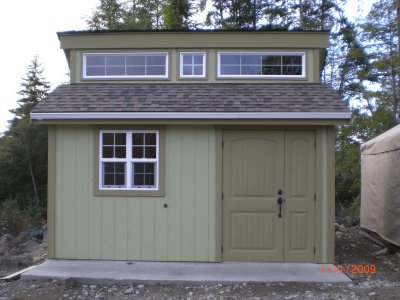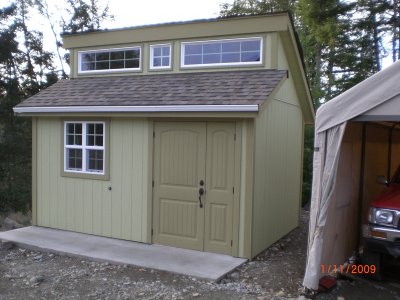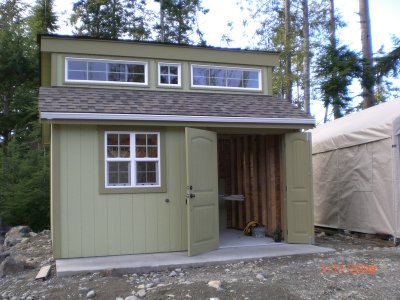The biggest problem with wild bees is harvesting honey.
I have taken feral bees from a tree and hived them. I cut the bottom off their tree trunk so it was a tight fit over a feeder board (plywood with a hole in the middle) and blocked off their other exits, so they eventually moved in to the hive downstairs.
In this case it was a cottonwood tree that had been about to be removed on our golf course. The guys that started cleaning it up, bailed out when the bees got stirred up. I came early in the morning, before they were active, and whacked out the section of tree that contained the hive, bagged it, and drove it to where I wanted to plant them at.
Not near as easy as dropping a swarm into a ready box, but not too tough. Once the queen was in the supers, I put an excluder on, and let them hatch out any brood that was still in the comb above. All told, a couple weeks process, but really not much work.
Especially when dealing with virgin comb, ie: not commercially made foundation comb, you can pretty much just mash the whole lot up, avoiding any brood sections. Put the honey and comb mixture in a clean container with a lid (scale the container to your qty!) and let it sit for a few days in a warm place. The wax will float to the surface, the gravel and sand that may have been tracked in to the hive will sink, and the clean honey can be got by spooning off the layer of wax off the top, then dispensing in to whatever your container of choice is.
If I am only going to remove a frame or two from a hive, will simply scrape the foundation down to being almost clean, into a large steel bowl, ab replace the frames in their hive to be cleaned up and rebuilt by the same bees.
If you can find paint filter bags, they work well for a five gallon bucket. Or you can get a very fine nylon/polyester mesh from the fabric store "Voile" IIRC. Line a strainer with the stuff, plonk it into a large enough pot, pour your mashed mess in, cover and wait a day or so. You willl lose very little honey in the wax chum that is left above the screen.





